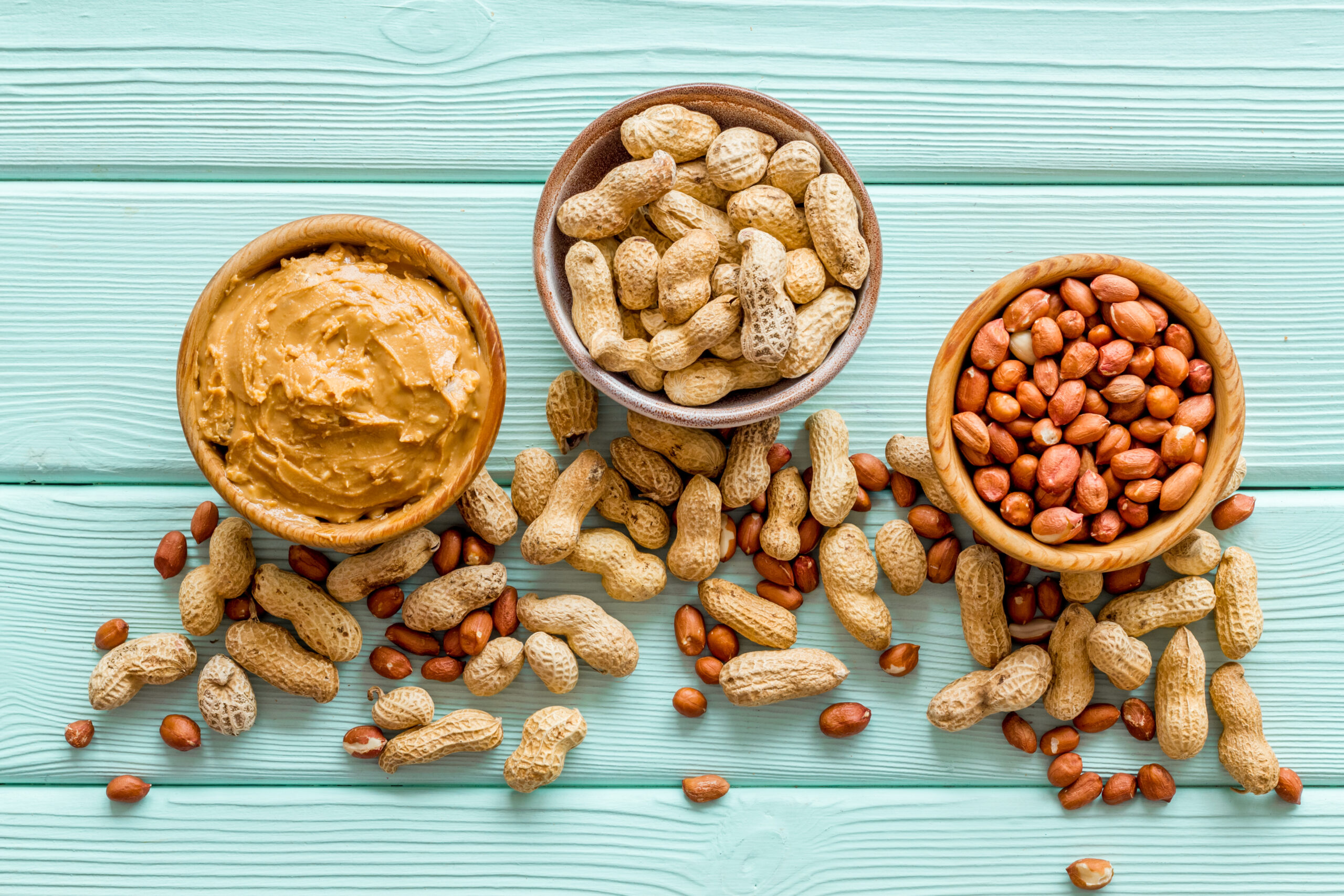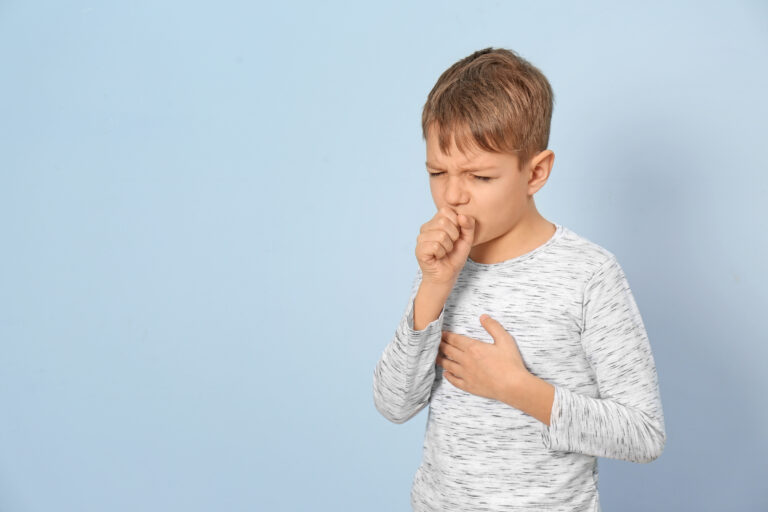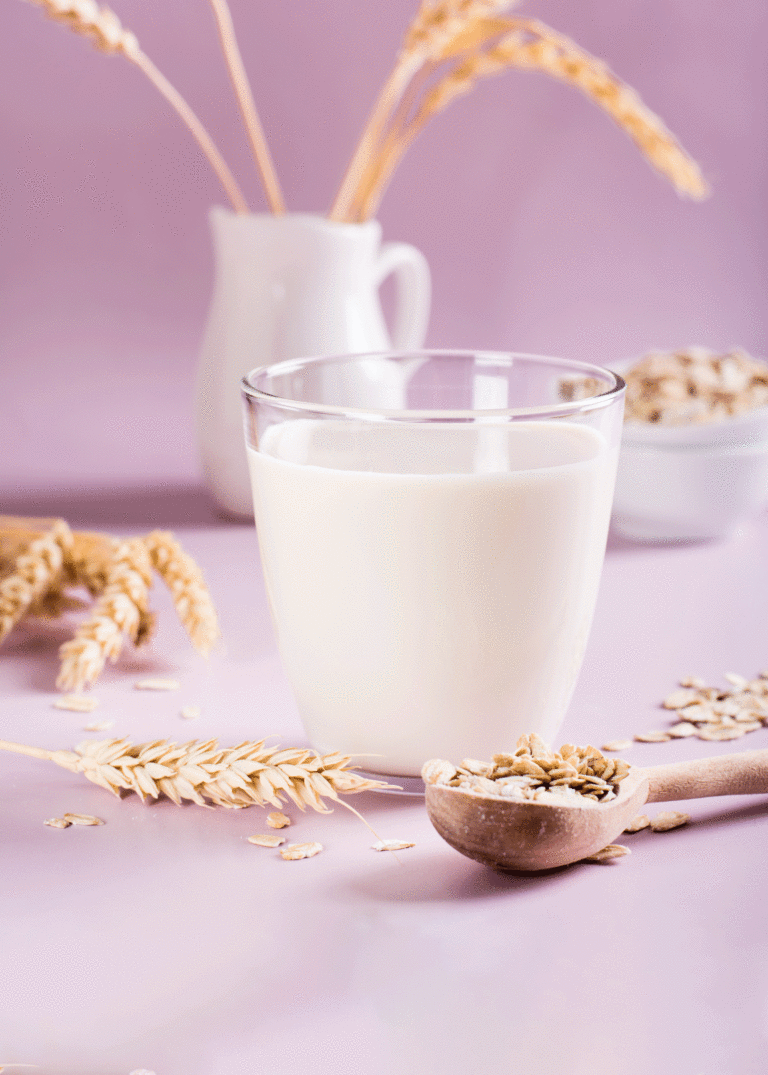Peanut Allergy – Everything you need to know
This post may contain affiliate links. Read our disclosure policy.
The content provided on FoodAllergiesLiving.com is for educational purposes only. The information supplied on this website is not intended to diagnose, treat, cure, or prevent any disease, nor is it intended to replace the advice of a physician.
If your child was recently diagnosed with a peanut allergy, chances are your life feels like it’s been turned upside down. Peanut allergies are the second most common allergy in children, affecting 1 in 50.
If you’re feeling lost, scared, or like you don’t know where to start, then you’ve come to the right place. Below you’ll find Everything You Need To Know About Peanut Allergies. From signs and symptoms to tips for managing allergies at home, I’m here to help.

What are peanuts?
Peanuts are a legume that grows underground, belonging to the same family as soybeans, peas, and lentils.
Are peanuts the same as tree nuts?
Peanuts are not the same as tree nuts. Tree nuts, such as almonds, cashews, pistachios, walnuts, pecans, and more, grow on trees. Peanuts are a legume that grows underground.
What Is A Peanut Allergy?
According to foodallergy.org, “When a person with a peanut allergy is exposed to peanut, proteins in the peanut bind to specific IgE antibodies made by the person’s immune system. Subsequent exposure to peanut protein, typically by oral ingestion, triggers the person’s immune defenses, leading to reaction symptoms that can be mild or very severe.”
In short, if someone has a peanut allergy, their immune system views the proteins found in peanuts as an enemy. Their immune system produces and releases antibodies to fight off these proteins, which causes chemicals to be released, thus resulting in an allergy attack.
Peanut Allergy Symptoms and Reactions
With a peanut allergy, more often than not, reactions are severe and should be handled promptly. Symptoms usually occur within a few minutes and can be life-threatening, so here’s what to look for:
- Vomiting
- Cramps
- Diarrhea
- Wheezing
- Difficulty breathing
- Hives, redness, or swelling
- Tightness of the throat
- Slow pulse
- Discoloration of the skin
- Tongue swelling
- Dizziness
- Confusion
Anaphylaxis
A peanut allergy is the most common food-related cause of anaphylaxis, a severe and life-threatening reaction. Anaphylaxis is a sudden condition and should be treated by an epinephrine injection (EpiPen) immediately.
Symptoms include:
- Constriction of airways
- Pain and cramping of the abdominal region
- Rapid pulse
- Decrease in blood pressure
- Dizziness or loss of consciousness
Check out my post about What Is Anaphylaxis and How Is Treated.
Causes Of A Peanut Allergy Attack
If someone has a peanut allergy, their immune system reacts in a negative way to the proteins found in peanuts. Exposure can be direct or indirect, but either way, your immune system will react.
Expose can include:
- Direct Contact: If someone ingested peanuts or a peanut product, or even sometimes direct skin contact can cause an allergic reaction.
- Cross-contact: This occurs when a product or food is unintentionally introduced to peanuts. It may happen in production or handling.
- Inhalation: If you inhale dust or aerosols containing peanut particles, from something like peanut oil or peanut flour, you may experience an allergic reaction
Risk Factors
Although it’s not clear why some people develop allergies and some people don’t, there are certain factors that may cause someone to be more prone to developing an allergy.
According to Mayo Clinic, some factors include:
- Age: Peanut allergy is more common in children than adults because their immune system is still developing.
- Past allergy to peanuts: Even if you’ve outgrown your peanut allergy, there is still a chance you will still have a reaction.
- Other allergies: If you’re allergic to one food, there’s an increased chance you’ll be allergic to another.
- Family members with allergies: You may be at an increased risk of a food allergy if someone else in your family has allergies.
- Atopic dermatitis: It’s not uncommon to see someone suffering from atopic dermatitis (eczema) also suffering from a food allergy.
Treating Peanut Allergies
Allergy to peanuts is the only food allergy for which a treatment has been approved by the U.S. Food and Drug Administration. Palforzia®, is a treatment for peanut allergies; although it doesn’t cure peanut allergies, it can make it possible for people to tolerate accidental peanut exposure without having a fatal reaction. The treatment is not a cure – your child will still be allergic to peanuts and must avoid them. Even with this treatment, the allergic person must continue to avoid peanuts and carry two epinephrine auto-injectors in case of accidental ingestion.
Managing Peanut Allergies At Home
Since peanut allergies are so severe, it’s very important to have a system in place at home that the whole family understands.
I suggest having an emergency contact list on the fridge, keeping any food with peanuts out of the house, and making sure that all extended family members who visit understand the importance of keeping peanuts out of the house.
If you are unable to keep peanuts out of the house entirely, I suggest setting aside a section of countertop exclusively for preparing allergy-friendly food, having two sets of kitchen utensils, and regularly cleaning to limit the possibility of cross-contamination. Check out my 8 Tips to Keeping an Allergy Friendly Kitchen.
Common Foods That Contain Peanuts
You’re going to want to be reading labels carefully now that you’re dealing with a peanut allergy at home. As required by federal law, peanuts are one of the nine major allergens that must be listed in plain language on packaged foods sold in the U.S., either within the ingredient list or in a separate “Contains” statement on the package. This makes it easy to see if peanuts are present in a food item. Some common foods that contain peanuts are:
- Peanut butter
- Baked goods
- Candy bars
- Ice cream
- Granola
- Granola bars
- Trail mix
- Veggie burgers
- Sauces
- Salad dressings
Ingredients To Avoid
Since you’re now carefully scanning labels on products to see if they contain peanuts, it’s important to know that sometimes a company might use another name instead. Keep an eye out for any of these words on the label as a hidden source of peanuts:
- Arachide
- Arachis oil
- Artificial nuts
- Ground nuts
- Lupin
- Mandelonas
- Mixed nuts
- Monkey nuts
- Nut meat/meal
- Nut pieces
- Peanut flour
- Peanut protein hydrolysate
Will My Child Outgrow Their Peanut Allergy?
There are studies out there that show that only 20% of kids outgrow their peanut allergy, but, unlike other allergies, such as milk or eggs, peanut allergies tend to last for someone’s entire life.
Frequently Asked Questions
Peanuts are a legume that grows underground, belonging to the same family as soybeans, peas, and lentils.
There are some recent studies that suggest peanut allergies may be able to be prevented. These studies suggest that by introducing babies that are as young as 4-6 months to peanuts, you may help them reduce the risk of developing an allergy by as much as 80%. Before you do this, though, it is HIGHLY important you discuss things with your doctor first.
A peanut allergy is so serious because, for some people, it can be life or death. I say this not to scare you, but to recognize the gravity of the situation.
You must avoid any products that contain peanuts, but keep in mind that there are also many other products that may contain traces of peanuts that don’t need to label the possible allergen. You’ll want to be careful with arts and crafts supplies, over-the-counter drugs, cosmetics and personal hygiene items, alcohol, and food served in restaurants.
Peanuts are not the same as tree nuts. Tree nuts, such as almonds, cashews, pistachios, walnuts, pecans, and more, grow on trees. Peanuts are a legume that grows underground.
While a peanut allergy is a scary diagnosis to handle at first, there are steps to can take to stay safe. You may feel scared, angry, or weighed down with a feeling of loneliness, but if you look in the right spots, there can be overwhelming support.
Living with a food allergy is totally manageable! Yes, it requires attention to detail, planning, and vigilance. It also means that certain foods must come out of your diet. But it does not mean that life as you know it will end. With some simple safety steps, you can still eat out, travel, go to parties, send your child to school or on play dates, and live a normal life.
Join a Facebook group, find a blog, or listen to a podcast, and I can guarantee you won’t feel as alone. It’s going to be tough in the beginning, I’m not going to lie, but I have faith that you’ll overcome this diagnosis and flourish.







